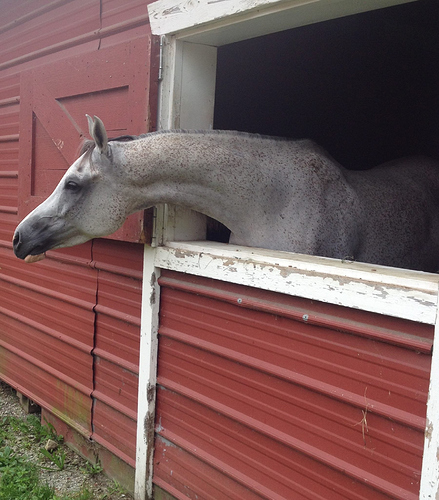Hi! So I’m horse shopping. I’ve taken the route to avoid greys due to the risks associated with melanoma. I’ve recently learned that melanoma is EXTREMELY common in greys…like 80% of greys have a melanoma by the time they’re 15!!! While I knew it was a risk, I never expected the statistics to be so high.
Horse shopping has come with a lot of challenges and we’ve been through multiple failed attempts. There are two prospect greys that literally check all of the boxes other than “no greys”.
I’d like to hear some personal stories from those who have owned greys in their life and if they’ve experienced melanoma with their horses and what was the long term outcome. We have a sweet 20 yr old in our barn with it in his throat and intestines  but I’d like to hear other’s stories as well. I just don’t get how many greys are out there and how desired they are given the risks.
but I’d like to hear other’s stories as well. I just don’t get how many greys are out there and how desired they are given the risks.
TIA!!



 .
.